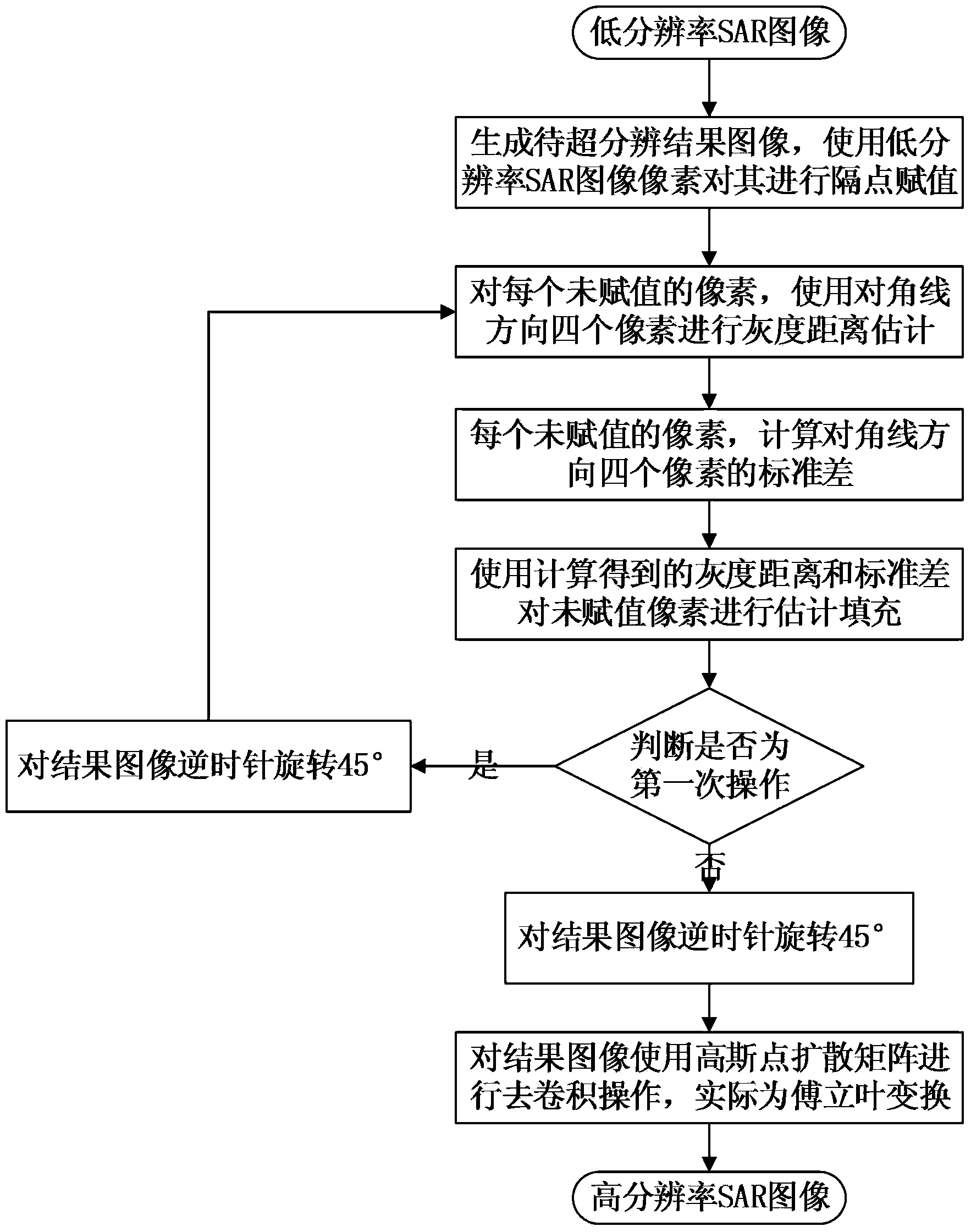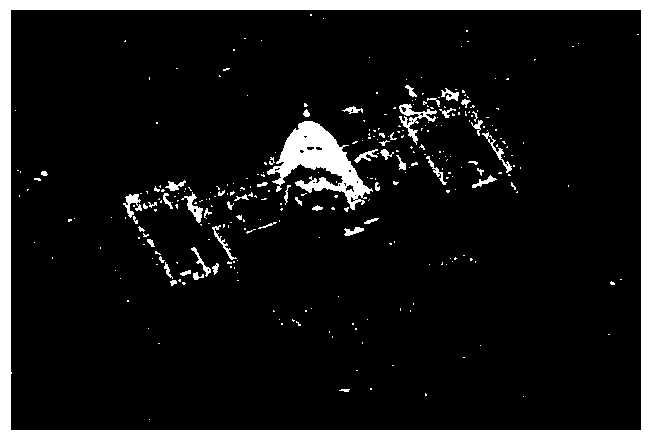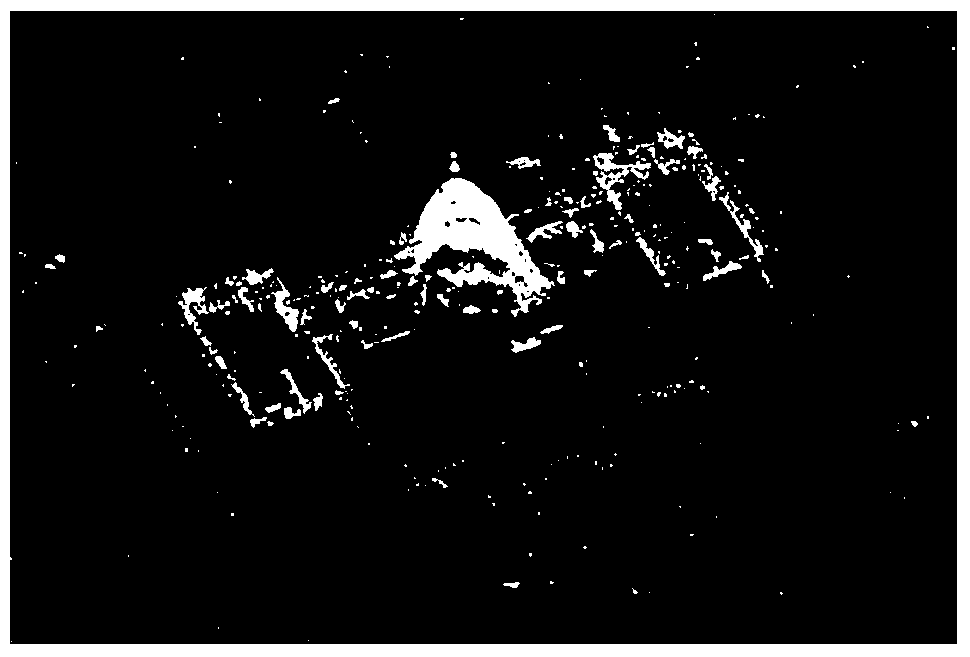SAR image super-resolution method based on marginal information and deconvolution
An edge information and super-resolution technology, applied in the field of image processing, can solve problems such as inability to accurately reconstruct targets and regions of interest, high computational complexity, and impact on algorithm running time
- Summary
- Abstract
- Description
- Claims
- Application Information
AI Technical Summary
Problems solved by technology
Method used
Image
Examples
Embodiment 1
[0043] The present invention proposes a SAR image super-resolution method based on edge information and deconvolution to improve the spatial resolution of SAR images, such as figure 1 Shown, the specific realization process of the present invention comprises the following steps:
[0044] Step 1: Input the low-resolution SAR image as I l , initialize the super-resolution result high-resolution SAR image I h =0, its height H h with width W h by H h =2×H l -1 and W h =2×W l -1 calculated, where H l and W l I respectively l height and width;
[0045] Step 2: Utilize the initial high-resolution image I obtained in step 1 h , put I l The pixel values are copied to I every other point one by one h , the copied rule is I h2i,2j = I li , j , where i∈{0,1,...,H l -1} and j∈{0,1,...,W l -1};
[0046] Step 3: Use the I obtained in step 2 h The pixel value of the filled point, for I h Partially unfilled position I h2i+1,2j+1 The marginal directionality of is estimat...
Embodiment 2
[0057] The SAR image super-resolution method based on edge information and deconvolution is the same as in Embodiment 1, and the SAR image super-resolution effect of the present invention can be further illustrated by the following experiments:
PUM
 Login to View More
Login to View More Abstract
Description
Claims
Application Information
 Login to View More
Login to View More - R&D
- Intellectual Property
- Life Sciences
- Materials
- Tech Scout
- Unparalleled Data Quality
- Higher Quality Content
- 60% Fewer Hallucinations
Browse by: Latest US Patents, China's latest patents, Technical Efficacy Thesaurus, Application Domain, Technology Topic, Popular Technical Reports.
© 2025 PatSnap. All rights reserved.Legal|Privacy policy|Modern Slavery Act Transparency Statement|Sitemap|About US| Contact US: help@patsnap.com



